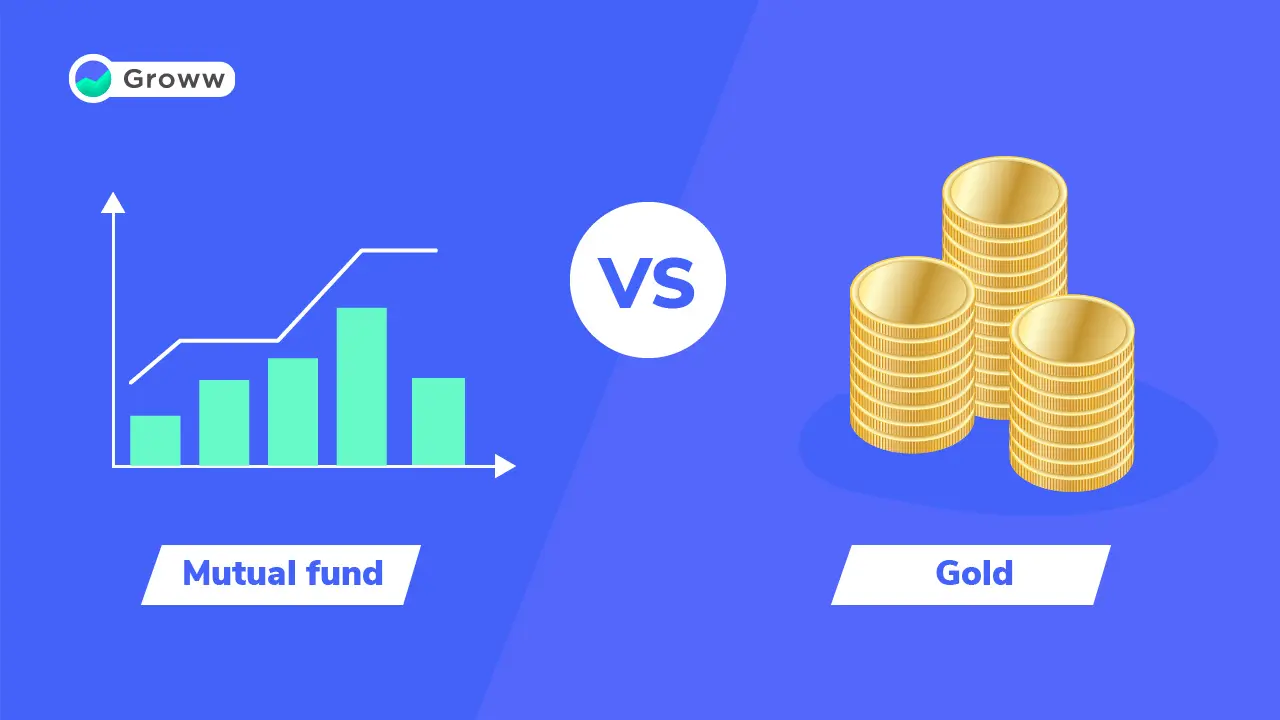
The Evolving Role of Gold in Portfolio Diversification
For decades, gold has been the poster child for stability. But today, it's no longer just about parking capital—it’s about agility. Gold investment funds give investors access to this precious metal without the hassle of physical ownership. These funds offer exposure through either ETFs, mutual funds, or gold mining stocks, creating multiple pathways to participate in the gold economy.
What’s changed recently is that institutional investors are increasingly integrating gold ETFs into their tactical strategies, especially in environments where fiat currencies are under pressure.
How Gold Funds Stack Up Against Traditional Assets
To understand the appeal of gold investment funds, consider how they perform relative to stocks and bonds during times of economic uncertainty.
Historical Performance Chart: Gold vs. S&P 500 vs. US Treasury Bonds (2015–2024)
| Year | Gold (%) | S&P 500 (%) | 10Y Treasury Bonds (%) |
|---|---|---|---|
| 2015 | -10.4 | +1.4 | +1.3 |
| 2016 | +8.5 | +11.9 | +1.0 |
| 2017 | +12.6 | +19.4 | +2.5 |
| 2018 | -1.6 | -6.2 | +0.3 |
| 2019 | +18.3 | +28.9 | +3.5 |
| 2020 | +25.1 | +16.3 | +8.0 |
| 2021 | -4.3 | +26.9 | -2.0 |
| 2022 | +0.4 | -18.1 | -3.4 |
| 2023 | +13.8 | +10.7 | +1.5 |
| 2024 | +9.7 | +12.0 | +3.0 |
As the chart shows, gold investment funds shine particularly during downturns or inflationary shocks, demonstrating resilience where equities may falter.
Beyond Inflation: Strategic Use of Gold-Backed Securities
It’s common to associate gold with inflation hedging, but modern investors are seeing gold as a volatility buffer and currency hedge. In nations with weakening currencies, such as Turkey or Argentina, gold funds have outperformed local equity markets dramatically.
Interestingly, central banks have also increased their gold reserves, a move that subtly influences the price floor of gold investment vehicles. This indirect support mechanism adds another dimension of stability for fund investors.
Types of Gold Investment Funds You Might Overlook
While most discussions focus on gold ETFs, there are niche vehicles that deserve attention:
- Gold mining equity funds: These track companies extracting gold rather than the metal itself. They’re more volatile but offer higher upside during bull cycles.
- Leveraged gold ETFs: Riskier, but designed for short-term directional plays.
- Gold royalty and streaming funds: Invest in companies that finance miners in exchange for future output—lower operational risk, with exposure to upside.
Each of these caters to a different risk appetite and investment horizon.
ESG and the Future of Ethical Gold Investment
Sustainability is reshaping how investors evaluate gold. Newer ESG-compliant gold funds focus on ethically sourced metal and environmentally responsible mining operations. These funds cater to investors who seek both precious metal exposure and a clean conscience.
Additionally, blockchain is entering the space, with tokenized gold funds offering real-time tracking, fractional ownership, and unprecedented transparency. This convergence of gold and fintech is carving out a niche category for next-generation portfolios.
Final Thought: Is the Allure of Gold Investment Funds Timeless?
Gold investment funds are no longer just dusty relics in retirement portfolios. They’re adaptive, accessible, and aligned with modern investment needs—offering tactical leverage in a digital-first economy.
Whether you see them as a hedge, a speculative asset, or an ESG play, their value proposition is stronger than ever.



